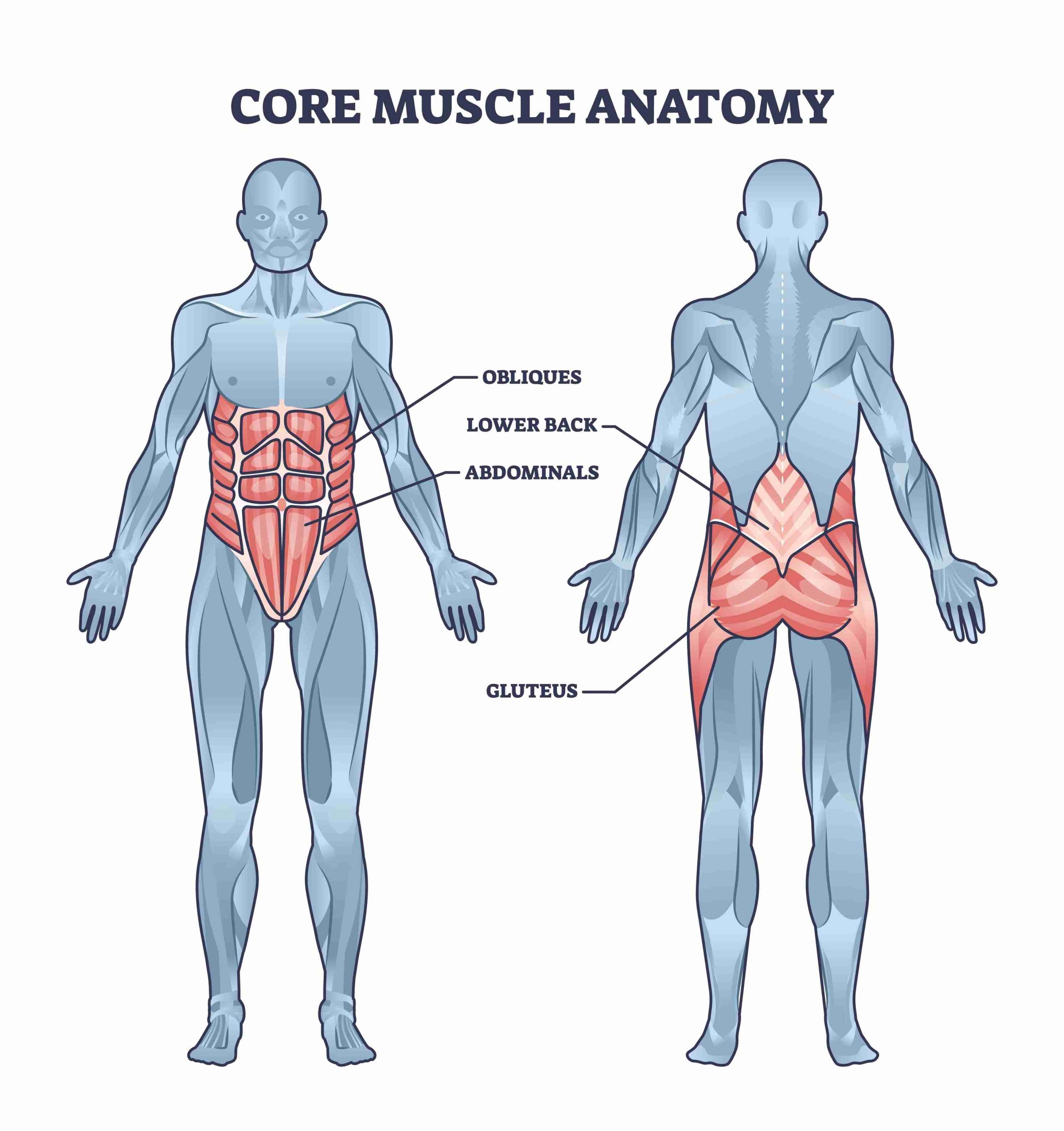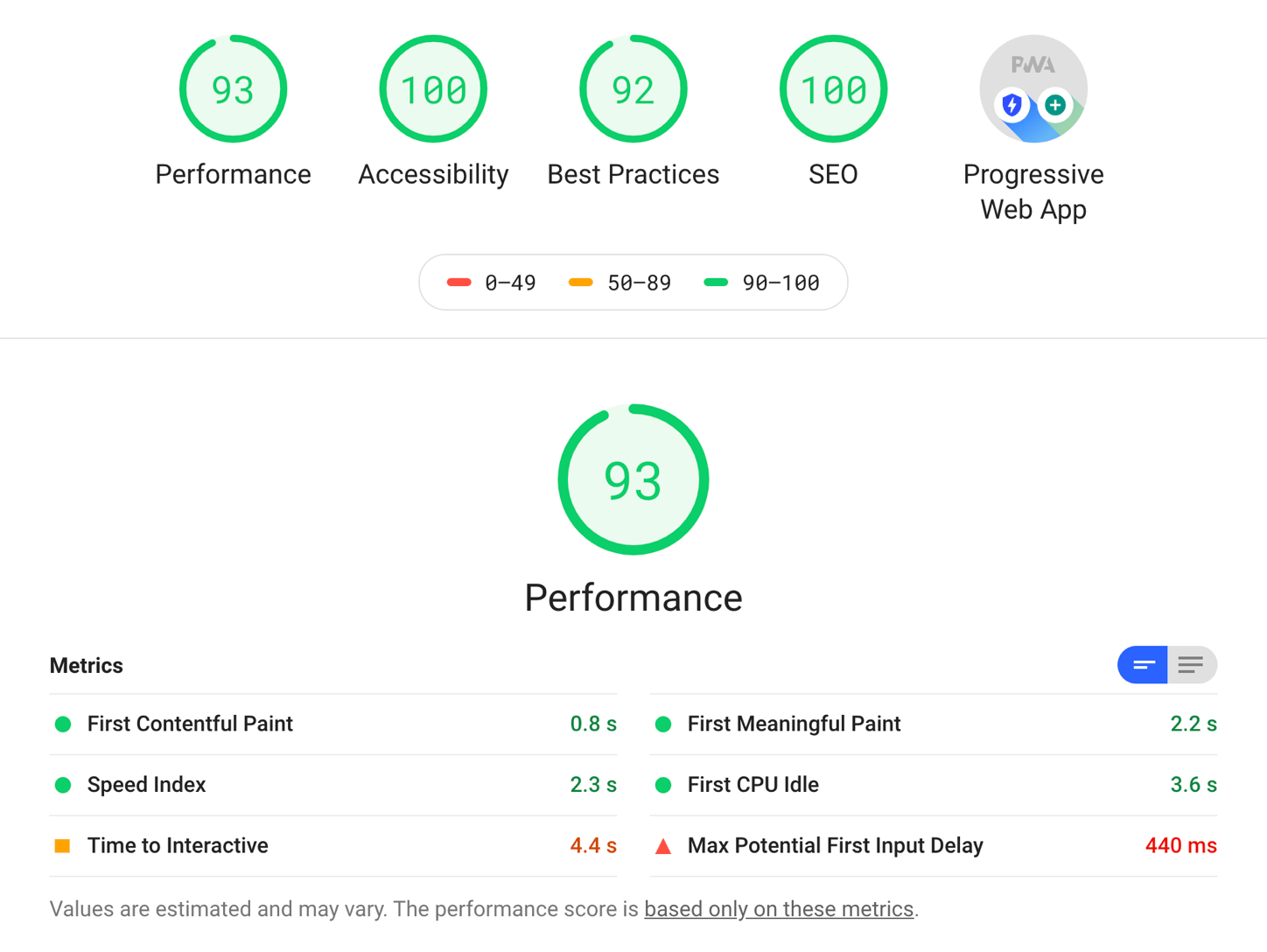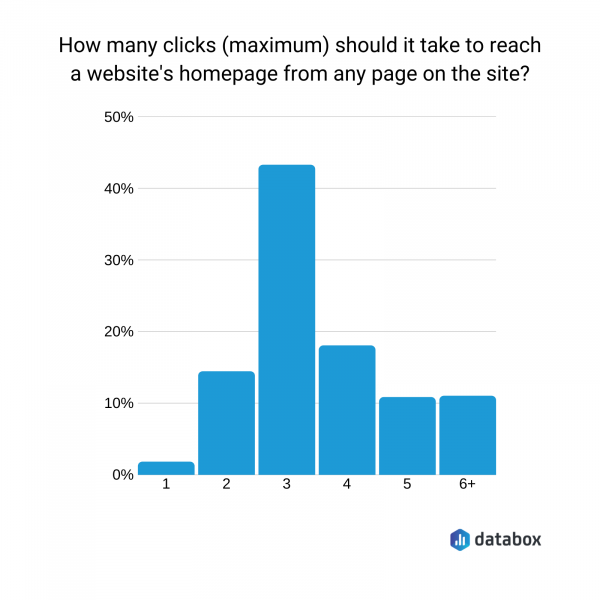
In the ever-evolving digital landscape, user experience (UX) has become a cornerstone of online success. As search engines like Google continue to refine their algorithms, they increasingly prioritize websites that deliver fast, responsive, and visually stable experiences. This is where Core Web Vitals come into play. These metrics—Largest Contentful Paint (LCP), Interaction to Next Paint (INP), and Cumulative Layout Shift (CLS)—are critical indicators of how users perceive and interact with your site.
For website owners, developers, and SEO professionals, monitoring Core Web Vitals isn’t just about staying compliant with Google’s guidelines; it’s about ensuring a seamless user journey that drives engagement, reduces bounce rates, and boosts conversions. In this article, we’ll explore what Core Web Vitals are, why they matter, and how you can effectively monitor and optimize them to improve your site’s performance and visibility in search results.
What Are Core Web Vitals and Why Do They Matter?
Core Web Vitals are a set of performance metrics introduced by Google to measure the quality of user experience on a webpage. These metrics are based on real-world data collected from Chrome users and are designed to reflect how quickly a page loads, how responsive it is, and how stable its layout is.
The Three Key Metrics
- Largest Contentful Paint (LCP): Measures how quickly the largest content element (like an image or text block) is visible on the screen. A good LCP score is 2.5 seconds or less.
- Interaction to Next Paint (INP): Evaluates the responsiveness of a site by measuring the time between a user interaction (like a click) and the next visual update. A good INP score is under 200 milliseconds.
- Cumulative Layout Shift (CLS): Assesses the visual stability of a page by tracking unexpected layout shifts. A good CLS score is less than 0.1.
These metrics are not just technical benchmarks—they directly impact user satisfaction. A slow-loading page, a laggy interface, or a jumpy layout can frustrate users and lead to higher bounce rates. By monitoring and optimizing these metrics, you can create a smoother, more enjoyable experience for your audience.
How Core Web Vitals Impact SEO Performance
Google has made it clear that user experience is a key factor in its ranking algorithm. While content and backlinks remain important, Core Web Vitals now play a significant role in determining a site’s visibility in search results.
The SEO Connection
- Improved Rankings: Websites that meet or exceed Core Web Vitals thresholds are more likely to rank higher in search results, especially on mobile devices.
- Enhanced User Engagement: Faster load times and smoother interactions lead to longer session durations and lower bounce rates, both of which are positive signals for search engines.
- Better Conversion Rates: A faster, more stable site encourages users to stay longer and take desired actions, such as making a purchase or filling out a form.
Moreover, Google’s Search Generative Experience (SGE) and other AI-driven features are increasingly influenced by UX metrics. Sites with strong Core Web Vitals are more likely to appear in featured snippets, rich results, and other high-visibility placements.
Step-by-Step Implementation Framework
To effectively monitor and optimize Core Web Vitals, follow this structured approach:
1. Define or Audit the Current Situation
Start by assessing your site’s current performance using tools like PageSpeed Insights, CrUX, and Search Console. These tools provide insights into your LCP, INP, and CLS scores, as well as recommendations for improvement.
- PageSpeed Insights combines lab and field data to give a comprehensive view of your site’s performance.
- CrUX offers historical data on real-user experiences, helping you identify trends over time.
- Search Console allows you to track performance at the page level and group similar pages for analysis.
2. Apply Tools, Methods, or Tactics
Once you have baseline data, implement tools and strategies to collect and analyze performance metrics:
- Real User Monitoring (RUM): Use RUM tools like web-vitals.js to gather real-time data on how users interact with your site. This provides deeper insights into actual user experiences.
- Lab Testing: Use Lighthouse and WebPageTest to simulate different network conditions and device types. These tools help identify potential issues before they affect real users.
- Third-Party Monitoring: Consider using platforms like Blue Triangle or VitalScope for advanced analytics and actionable recommendations.
3. Measure, Analyze, and Optimize
After collecting data, focus on analyzing and optimizing your site:
- Identify Bottlenecks: Look for patterns in your data to pinpoint areas that need improvement. For example, if your LCP is consistently above 2.5 seconds, investigate large images or unoptimized code.
- Implement Fixes: Based on your findings, apply optimizations such as image compression, lazy loading, and code splitting. Use tools like Cloudflare or Akamai for CDN integration to reduce latency.
- Monitor Progress: Continuously track your Core Web Vitals using the same tools. Set up alerts to notify you of any regressions or performance drops.
Real or Hypothetical Case Study
Let’s look at a hypothetical scenario involving an e-commerce site that struggled with poor Core Web Vitals:
Initial Challenges:
– High LCP due to large, unoptimized product images.
– Poor INP caused by excessive JavaScript execution.
– High CLS from dynamically loaded ads and content.
Optimization Steps:
1. Compressed images and implemented lazy loading.
2. Minimized JavaScript and used code splitting.
3. Reserved space for ads using CSS and avoided dynamic content injection.
Results:
– LCP improved from 4.2 seconds to 2.1 seconds.
– INP dropped from 500ms to 180ms.
– CLS decreased from 0.35 to 0.08.
The site saw a 30% increase in organic traffic and a 20% rise in conversion rates within three months. This case study highlights the tangible benefits of focusing on Core Web Vitals.
Tools and Techniques for Core Web Vitals
To effectively monitor and optimize your Core Web Vitals, consider using the following tools:
- PageSpeed Insights: Provides detailed performance reports and optimization suggestions.
- CrUX (Chrome User Experience Report): Offers historical data on real-user experiences.
- Search Console: Tracks performance at the page level and identifies specific issues.
- Lighthouse: A powerful tool for lab testing and identifying performance bottlenecks.
- WebPageTest: Simulates different network conditions and device types.
- Blue Triangle / VitalScope: Advanced analytics and remediation plans for Core Web Vitals.
Each of these tools serves a unique purpose, and combining them gives you a comprehensive view of your site’s performance.
Future Trends and AI Implications
As AI continues to shape the future of search, Core Web Vitals will only become more important. Google’s SGE and other AI-driven features are increasingly focused on delivering personalized, high-quality experiences. This means that sites with strong Core Web Vitals will be better positioned to thrive in this new landscape.
To stay ahead, consider the following:
- Adopt AI-Powered Analytics: Use AI-driven tools to predict performance trends and identify potential issues before they arise.
- Focus on User-Centric Design: Ensure your site is optimized for all users, regardless of device or network conditions.
- Continuously Monitor and Improve: Core Web Vitals are not a one-time fix. Regularly review and update your site to maintain optimal performance.
Key Takeaways
- Core Web Vitals are essential metrics that measure loading speed, interactivity, and visual stability.
- Monitoring these metrics helps identify performance issues and improve user experience.
- Tools like PageSpeed Insights, CrUX, and Search Console provide valuable data for optimization.
- Optimizing Core Web Vitals leads to better rankings, engagement, and conversions.
- Future-proofing your site by focusing on UX ensures long-term success in an evolving digital landscape.
By prioritizing Core Web Vitals, you’re not just improving your site’s performance—you’re creating a better experience for your users and setting yourself apart in the competitive world of online search.
Meta Title: Core Web Vitals Monitoring — Track Google’s UX Performance Metrics Effectively
Meta Description: Learn how to monitor and optimize Core Web Vitals to improve user experience, boost SEO, and enhance your site’s performance.
SEO Tags (5): Core Web Vitals, SEO Optimization, User Experience, Page Speed, Web Performance
Internal Link Suggestions: [Parameter #1: Search Intent Alignment], [Parameter #2: Topical Depth & Relevance], [Parameter #3: Original Insights]
External Source Suggestions: https://pagespeed.web.dev/, https://web.dev/, https://search.google.com/search-console








